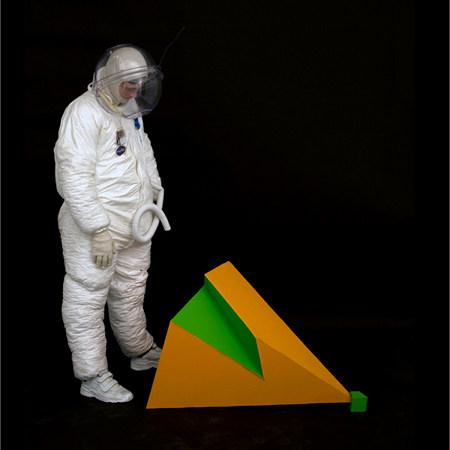
Close encounter by Oscar Lhermitte
Central Saint Martins College of Art and Design student Oscar Lhermitte has designed a series of functionless objects that will "fulfil an unpredicted need".
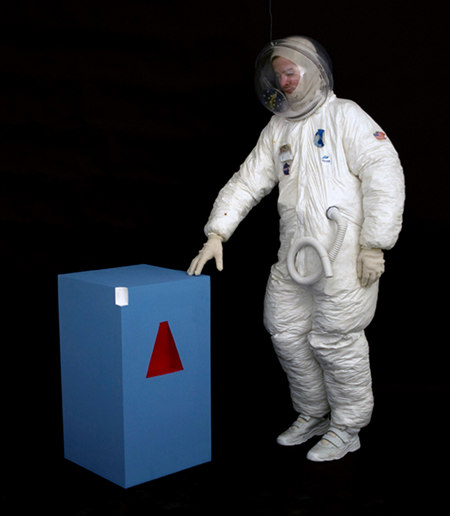
Lhermitte used 3D software and a colour-coded card game to design shapes, which were then rapid prototyped.
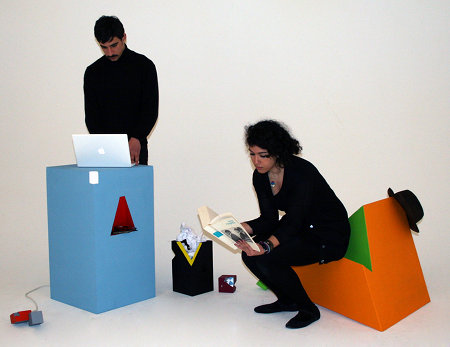
"The Close Encounter project is a series of objects that have been designed without any function but with the purpose to fulfil an unpredicted need," says Lhermitte.
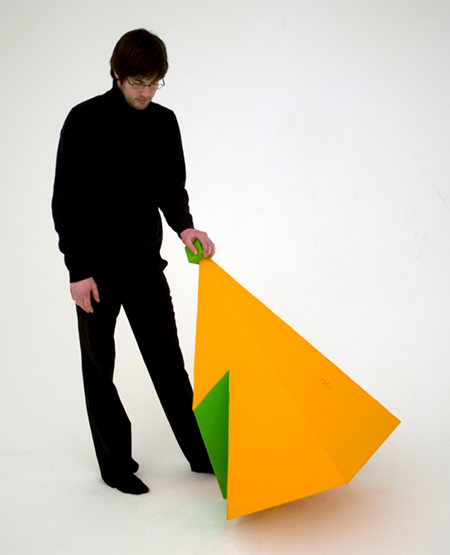
The following is from Oscar lhermitte:
--
CLOSE ENCOUNTER
FUNCTION FOLLOWS FORM
Every product is designed to achieve a specific function and many of them are often misused to fulfil other purposes than what they are initially meant to; i.e using a chair as a doorstop.
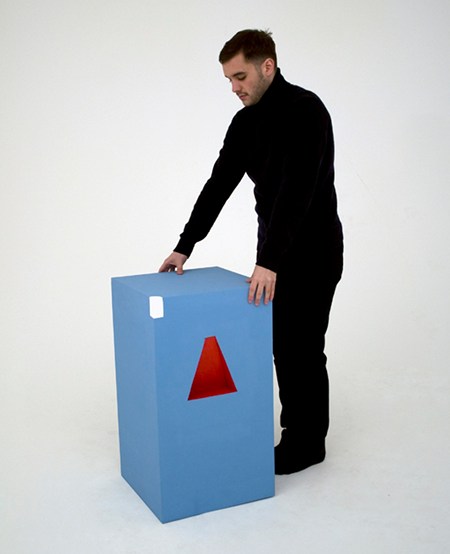
What is wrong about using an object for something it has not been designed for? Why shall it be called mis-use/ wrong use? Why not letting the user decide of the function of an object? The Close Encounter project is a series of objects that have been designed without any function but with the purpose to fulfil an unpredicted need.
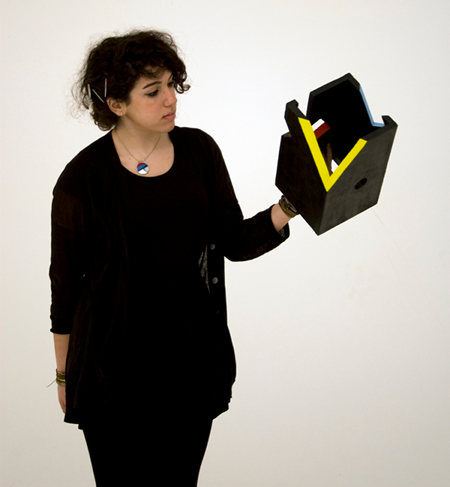
At first they might appear useless, but the fact that they are present in time and space give them the opportunity to be used for something. It is up to the user to perceive/think of a function or not. If used as a seat, then it is a seat; if used as a bowl, then it is a bowl, etc. No name/no function, hence a lot of potential uses.
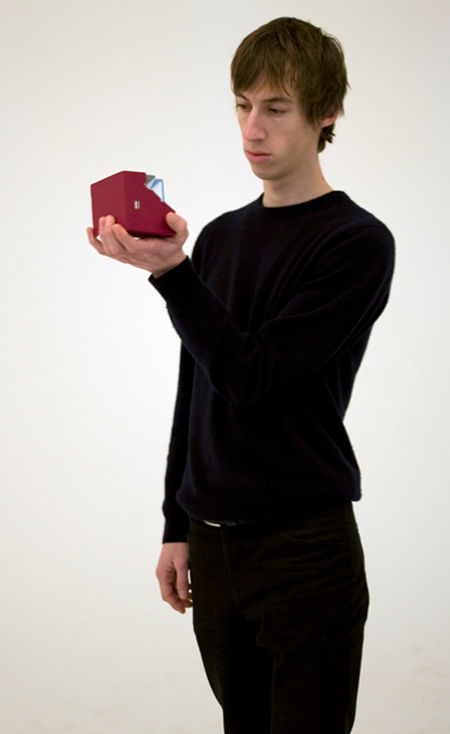
Instead of deciding of a function and to create an object to achieve this function (Form follows Function), I wanted to create unknown products and see how we could use them (Function follows form). The object is here, it has a material, a shape, a colour, a weight. What can it achieve?
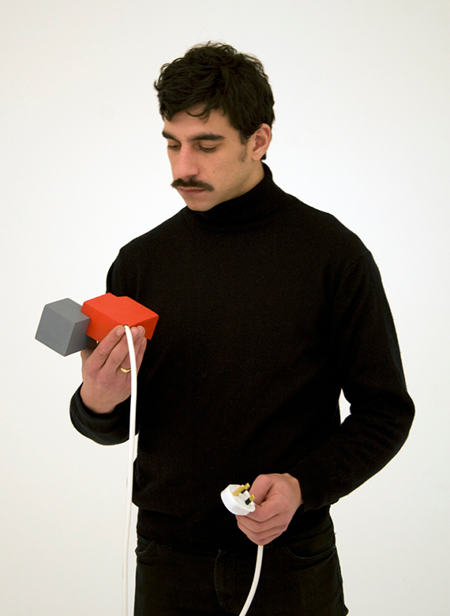
During the design process, I realized it was impossible to create useless objects as the simple fact of sketching a shape and giving it a scale was already giving it a function. In order to fulfil my objectives, I had to step away from the design process; I had to dislocate myself from any rational thinking.
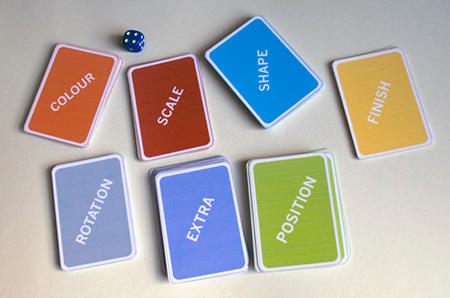
The RX227 process is a card game combined with 3D software that allows me to create random useless objects. Its aim is not to create highly complex forms, but only forms I would not expect. All the objects emerging from this process are rapid prototyped so that any product designed by the game can be produced.
The initial aim of this project was to research the phenomenon of misuse (finding new functions in something that has not been designed for them) but it turned itself into an understanding of the relation Function/Form.
Form follows Function? Function follows Form? Neither of them, Form=Function=Form.